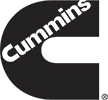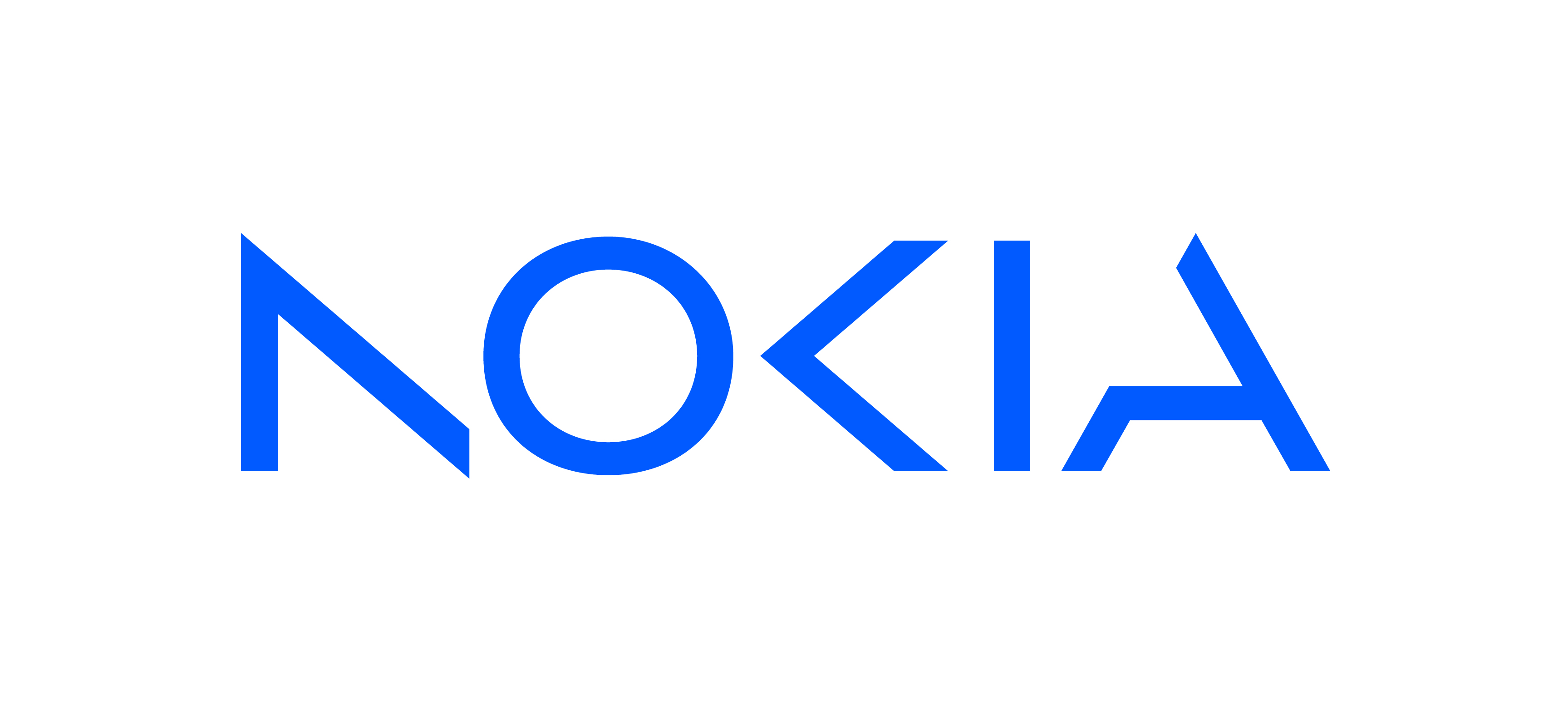- clarify that an application for membership may be in the form of an e‑mail request; and
- change the registered office address to 2nd Floor, Halton House, 20-23 Holborn, London EC1N 2JD
Publications

Total Documents: 253
 IP Federation Review 2022
IP Federation Review 2022
 Amending the requirement for Description Amendments: the EPO’s hot topic of 2022
Amending the requirement for Description Amendments: the EPO’s hot topic of 2022
 Amicus curiae briefs at the European Patent Office (EPO)
Amicus curiae briefs at the European Patent Office (EPO)
 Driving greater inclusion and diversity
Driving greater inclusion and diversity
 EVOLVING THE UK DESIGNS FRAMEWORK
EVOLVING THE UK DESIGNS FRAMEWORK
 FRAND: busy UK Courts, and the European Commission’s Initiative on a New Framework for Standard-Essential Patents (SEPs)
FRAND: busy UK Courts, and the European Commission’s Initiative on a New Framework for Standard-Essential Patents (SEPs)
 Highlights from the UK Patents Court 2022: Validity
Highlights from the UK Patents Court 2022: Validity
Obviousness
The principles governing the assessment of obviousness have been looked at by the courts in some depth in recent years. Fundamentally there is a single question. Is it obvious? Aside from the question as to whether it is possible to infer the nature of the skilled person from what the specification assumes about his/her abilities (Meade J said no in Optis v Apple, Mellor J said yes in Alcon v AMO), we have a fairly extensive and consistent body of case law explaining the law on obviousness and illustrating its application. The attribution of the characteristics of a skilled person is an important point though, as noted by Birss J (as he was then) in the Illumina case: “It would be wrong and unfair to the public to define a team so widely that that their common general knowledge is so dilute as to make something seem less obvious than it really was”. Defining the attributes of a skilled person would equally impact the assessment of sufficiency, as noted by Mellor J in Alcon v AMO. Infringement: interesting rulings on the doctrine of equivalents in the UK Patents Court
Infringement: interesting rulings on the doctrine of equivalents in the UK Patents Court
 Inside in-house
Inside in-house
A chance to share a virtual coffee with Belinda and Suzanne as they reflect on being an in‑house IP attorney
Suzanne: Well, Belinda, we first met when Roger [Burt] introduced us, as he thought we might get along? At that point though, you had been in the biz for a few years, and I had just started out, having just moved from private practice to in-house at Arm. What can you remember of your first few years in-house? Belinda: Yeah, he did, and good question. When I made the shift from private practice to working in-house at IBM (many years ago now), I thought that the roles would be rather similar – a steady diet of drafting, patent filings, amendments, oral proceedings, and more amendments – just without the step of having to wait for client instructions, or, I hoped, without having to keep track of and bill a client for every 6 minutes (0.1 hr) of my working day! Actually, it was not too dissimilar at the beginning, though luckily the timekeeping/invoicing did vanish. I started with ‘easy stuff’ with which I was familiar – mainly amendment work, and at least one draft per month, but over the last almost 20 years it has changed in almost every aspect (although I still dabble occasionally with the odd amendment!). The role in fact is constantly changing as the company does, and I still get queries popping up on topics which I have never considered before – this week’s example being copyright levies in Spain and the process of obtaining an exemption for laptops used only for business use! But it was not until I joined IP Federation Council in 2011 and listened to the other representatives there that I realised what a broad and varied job that of an in-house patent attorney truly is!

































